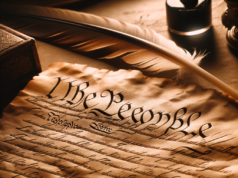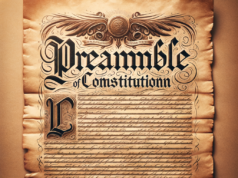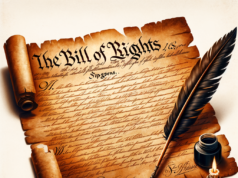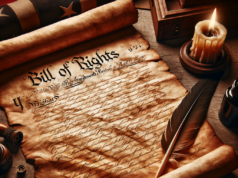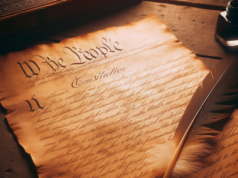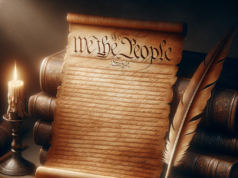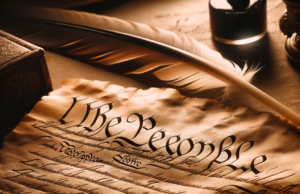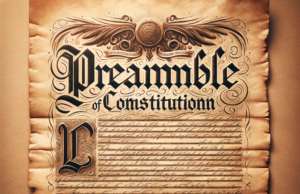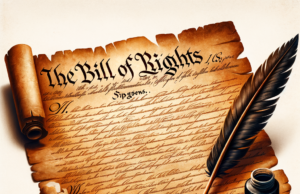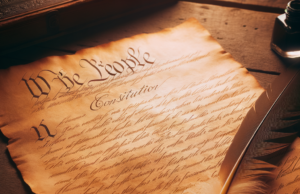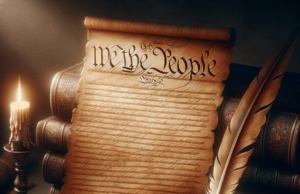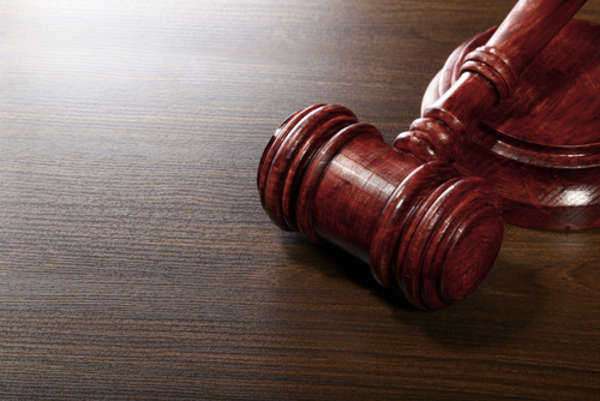Table of Contents
- 1 Understanding the Historical Context of Voting Rights in the United States
- 2 Key Legislative Changes Impacting Voting Rights in Recent Years
- 3 The Role of Voter ID Laws and Their Effects on Accessibility
- 4 Disenfranchisement: Who is Most Affected by Current Policies?
- 5 The Influence of Misinformation on Public Perception of Voting Rights
- 6 Strategies for Advocacy: Protecting and Restoring Voting Rights Today

The right to vote is a cornerstone of democracy, representing the voice of the people in shaping their government and society. However, in recent years, the United States has witnessed a troubling trend: the erosion of voting rights. This article explores the historical context of voting rights, recent legislative changes, the impact of voter ID laws, the groups most affected by disenfranchisement, the role of misinformation, and strategies for advocacy aimed at protecting and restoring these essential rights.
Understanding the Historical Context of Voting Rights in the United States
The struggle for voting rights in the United States has been a long and arduous journey, marked by significant milestones and setbacks. From the ratification of the 15th Amendment in 1870, which aimed to eliminate racial discrimination in voting, to the Voting Rights Act of 1965, which sought to dismantle systemic barriers to voting for African Americans, the history of voting rights reflects a continuous battle against oppression and inequality. Despite these legislative victories, various tactics, including literacy tests, poll taxes, and gerrymandering, have historically been employed to disenfranchise marginalized groups. Understanding this context is crucial for recognizing the ongoing challenges faced by voters today and the importance of vigilance in protecting these hard-won rights.
Key Legislative Changes Impacting Voting Rights in Recent Years
In recent years, several legislative changes at both the state and federal levels have significantly impacted voting rights. The Supreme Court’s 2013 decision in Shelby County v. Holder invalidated key provisions of the Voting Rights Act, effectively removing federal oversight of changes to voting laws in jurisdictions with a history of discrimination. This ruling has led to a wave of state-level legislation aimed at restricting voting access, including measures that limit early voting, reduce polling places, and impose stricter registration requirements. Additionally, the introduction of partisan redistricting has further complicated the landscape, often diluting the voting power of specific demographic groups. These changes have sparked widespread concern among civil rights advocates and have raised questions about the future of equitable access to the ballot box.
The Role of Voter ID Laws and Their Effects on Accessibility
Voter ID laws have emerged as a focal point in the debate over voting rights, with proponents arguing that they enhance election security while critics contend that they disproportionately affect marginalized populations. Many states have enacted laws requiring voters to present specific forms of identification at the polls, which can create barriers for individuals who lack the necessary documents. Studies have shown that these laws can lead to decreased voter turnout, particularly among low-income individuals, the elderly, and racial minorities. The complexity and variability of ID requirements across states further complicate the issue, making it essential to examine how these laws impact overall accessibility to the democratic process.
Disenfranchisement: Who is Most Affected by Current Policies?
The current landscape of voting rights has disproportionately affected certain groups, leading to widespread disenfranchisement. Communities of color, low-income individuals, and young voters are among those most impacted by restrictive voting laws and policies. For instance, African American and Latino voters are more likely to face obstacles such as voter ID requirements and limited access to polling places. Additionally, individuals with felony convictions often encounter significant barriers to regaining their voting rights, with laws varying widely from state to state. This systemic disenfranchisement not only undermines the democratic process but also perpetuates cycles of inequality and marginalization within society.
The Influence of Misinformation on Public Perception of Voting Rights
Misinformation has emerged as a significant challenge in the realm of voting rights, shaping public perception and influencing policy discussions. False narratives about voter fraud, often amplified by social media and political rhetoric, have fueled support for restrictive voting measures under the guise of protecting election integrity. This misinformation campaign has created an environment of distrust among voters, leading to confusion about voting procedures and eligibility requirements. The spread of misleading information can deter individuals from participating in elections, further exacerbating the disenfranchisement of vulnerable populations. Addressing this issue requires a concerted effort to promote accurate information and educate the public about their voting rights.
Strategies for Advocacy: Protecting and Restoring Voting Rights Today
In light of the ongoing challenges to voting rights, advocacy efforts are crucial for protecting and restoring access to the ballot box. Grassroots organizations, civil rights groups, and concerned citizens are mobilizing to combat restrictive laws and promote inclusive policies. Strategies include lobbying for comprehensive voting rights legislation at the federal level, such as the John Lewis Voting Rights Advancement Act, which aims to restore protections weakened by recent court rulings. Additionally, public awareness campaigns and community outreach initiatives are essential for educating voters about their rights and encouraging participation in the electoral process. By fostering a collective commitment to safeguarding voting rights, advocates can work towards a more equitable and representative democracy.
The alarming erosion of voting rights in the United States calls for urgent attention and action. As history has shown, the struggle for equitable access to the ballot box is ongoing, and the stakes have never been higher. By understanding the historical context, recognizing the impact of recent legislative changes, and actively engaging in advocacy efforts, individuals and organizations can play a vital role in protecting and restoring voting rights for all. The health of democracy depends on the participation of its citizens, and it is imperative that we work together to ensure that every voice is heard and every vote counts.



